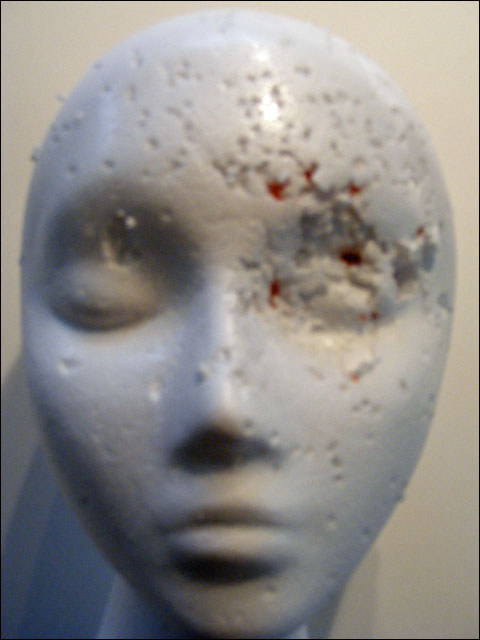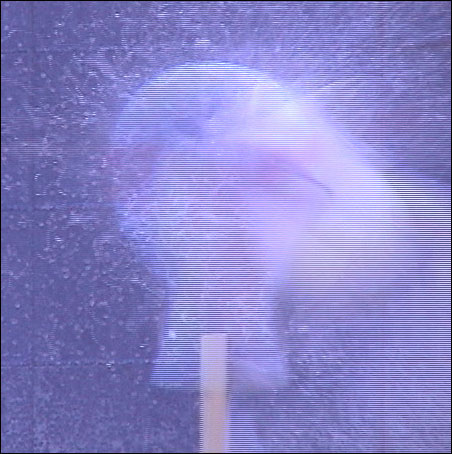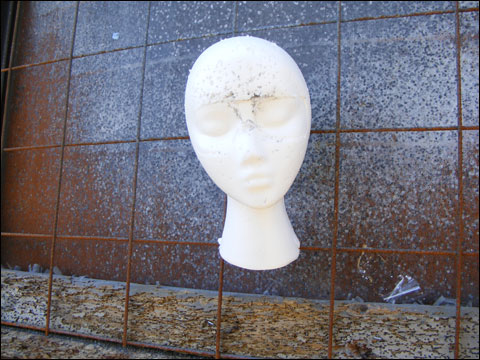Randolph’s NexPC Impact-Resistance Lenses Are Put to the 12-Gauge Test

On January 18, 2011 Randolph Engineering introduced a shooting-glasses lens advertised as five to six times more impact resistant than standard polycarbonate now widely used by their military and law enforcement clients. Armed with a 12-gauge semi-auto and a box of 1⅛-ounce target loads, we set out to personally verify Randolph Engineering’s boosted safety claim.

On January 18, 2011 Randolph Engineering introduced a shooting-glasses lens advertised as five to six times more impact resistant than standard polycarbonate now widely used by their military and law enforcement clients. Armed with a 12-gauge semi-auto and a box of 1⅛-ounce target loads, we set out to personally verify Randolph Engineering’s boosted safety claim.
Randolph Engineering’s latest lens for their Ranger line is called the NexPC – underscoring that they exemplify the next generation in optical polycarbonate material. Unveiled at the Shot Show in Las Vegas, the NexPC lens is touted as establishing a new benchmark in eye protection for the company. We’ve personally read customer testimonials of Randolph Ranger standard polycarbonate lenses surviving a direct hit by a clay thrown at someone repairing a trap machine, and an accidental shooting during a dove hunt. Now the question remained, would the NexPC lens prove even stronger?

The NexPC is a $30 replacement lens or is available as clip-ons for prescription glasses. Randolph Engineering’s Ranger Series is offered in five different frame styles and 16 easily interchangeable lens tints optimized for different light conditions and backgrounds –highlighting targets and enhancing overall contrast.
For example, the Bronze lens provides high contrast for bright days, the ColorMag (CMT) lens intensifies orange clay targets by up to 250 percent against any background, the Light Purple lens provides excellent contrast of orange targets against a green background and the Gray Polarized lens reduces light on bright, glaring days with an open background.
All of Randolph Engineering’s lenses are distortion-free and scratch-resistant. The NexPC lens, however, advances their optical polycarbonate technology even further. Higher impact resistance is achieved through a new formula that yields greater flexibility to absorb the impact of projectiles such as lead pellets shot at 1,200-plus feet-per-second directly at your eyes.

Our test equipment was more science fair than rocket science. We used four Styrofoam wig heads mounted on a stake that was shoved into the ground. Packing tape came in handy to affix the Randolph Engineering glasses to the heads.
We used a 12-gauge Beretta 391 Target Gold with a Briley IC choke, and loaded it with Rio 1⅛-ounce target loads rated at 1,200 feet-per-second.
In the interest of safety, we conducted the test at the patterning board of our home club, the Loch Raven Skeet & Trap Center in Phoenix Maryland. A picnic table at the 28-yard line from the patterning board served as an opportune workspace, and so we took advantage of it setting up there.
We decided to begin with industry-standard polycarbonate lenses cut into Randolph Engineering frames. I shouldered the gun, taking the shot offhand. In both instances, the standard lenses and frames fragmented so badly, we had to search the vicinity for surviving pieces – some of which embedded into the eye area of the Styrofoam heads.


Then we turned our attention to the NexPC lenses. Same gun, same shells, same distance.
The first shot blasted the head from the wood stake and impaled into into the steel grid on the patterning board. The glasses were blown completely off. Again we searched for the lenses, but this time they were much easier to locate. The lenses had remained fully intact, just laying there on the ground. You could see the indentations left by the shot on the surface of the NexPC lenses. We attain the same results on the second shot at the NexPC lenses. Both times, the NexPC lenses clearly protected the eye area of the Styrofoam head, which remained in pristine condition, while the rest of it suffered damage ranging from pock marks to obliteration.
For $30, you can retrofit NexPC lenses to your Randolph Engineering Frames. But the company isn’t taking any chances. The NexPC technology is now standard in all of the Randolph Engineering shooting glasses.
Deborah McKown is Editor of Shotgun Life. You can reach her at letters@shotgunlife.com.
Useful resources:
The Randolph Engineering web site
The Loch Raven Skeet & Trap center web site
Deborah McKown is the Editor of Shotgun Life. Please send your comments and questions to letters@shotgunlife.com.


Comments